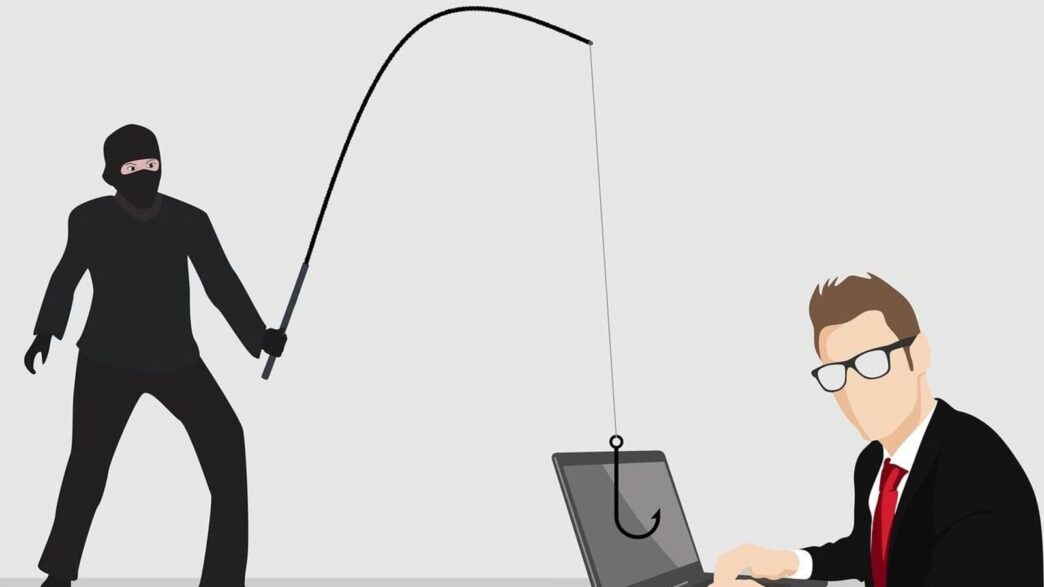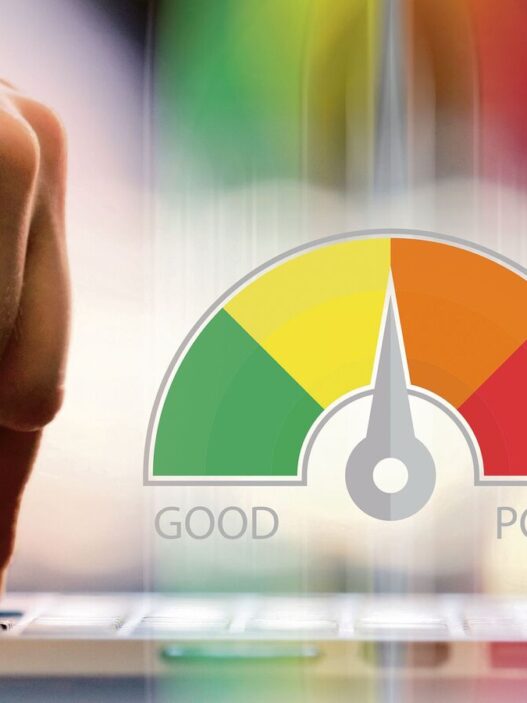The worrying rise of digital arrest scams in India has raised serious concerns among internet users and law enforcement agencies. These scammers exploit the fear of people, using advanced technology and sophisticated tactics to extort money or steal personal information.
The article explores these scams and how you can protect yourself in today’s rapidly evolving digital age.
What is a digital arrest, and how is it used to scam individuals?
Digital arrest scams involve criminals impersonating law enforcement officers, such as officials from the Reserve Bank of India, the Enforcement Directorate or even the Central Bureau of Investigation, to falsely accuse people of financial crimes.
Generally, in such cases, scammers initiate contact through phone calls or video conferencing, claiming the victim is under investigation for a serious offence that could lead to a long jail term. Common allegations include money laundering, tax evasion, tax theft, and income tax notices.
They then pressure their targets into transferring funds into specific bank accounts or disclosing sensitive information to avoid fabricated legal consequences.
According to a detailed report by the Indian Cybercrime Coordination Centre, victims in India lost about ₹120.30 crore due to these scams in just the first quarter of 2024, clearly highlighting the need to address this problem.
Further, a Reuters report revealed that cyber fraud cases in India surged more than fourfold in FY24, resulting in $20 million in losses. The increasing use of digital platforms and seamless transactions expose users to greater risks due to low cyber literacy.
Authorities, on their part, are working to stop such scams by blacklisting spam callers, freezing suspected accounts and launching financial awareness campaigns to curb fraud.
Analysing and understanding the pattern of these scams
The tactics deployed by scamsters are ever evolving and technologically driven:
- False claims of authority and power: Fraudsters pose as government officers, using spoofed numbers, dressed documents, fake identity cards, etc.
- Ultimatum of immediate action and arrest: Victims are forced into compliance by coercive tactics, giving them threats of arrest and immediate legal consequences.
- Segregation and isolation methods: Victims are often kept busy on video calls to create a sense of urgency and thus stop them from taking any help from others and seeking proper legal recourse or even help from friends.
Such tactics not only intimidate and fear victims but also manipulate them into following the scammers’ demands. The victims are so overwhelmed that they don’t even question the scammers’ legitimacy and trust them blindly.
Five ways to keep yourself updated and protect yourself from such scams
- Check and verify the caller details: Always check and confirm the identity of anyone who tells you that he is from a law enforcement agency. Use official contact numbers, and reach out to authorities to check and re-check if in doubt.
- Never share personal information: Never share personal information such as CVV, credit card details, OTPs, bank statements, etc., even if you are under pressure.
- Remain calm and understand the situation: Under no situation should you lose your composure. If you receive a threatening call, take a minute to understand the situation rather than reacting in panic.
- Read, learn and educate yourself on legal provisions: Understand lawful arrest provisions and your rights as a citizen. Stay financially aware.
- Immediately report suspicious activity and behaviour: If you encounter a potential scam or think that something is not right, promptly report it to the cyber authorities and your local police station.
Hence, as digital frauds and scams continue to evolve, staying informed, calm and vigilant is crucial for safeguarding your financial health and prosperity.












